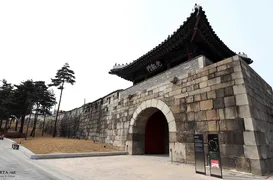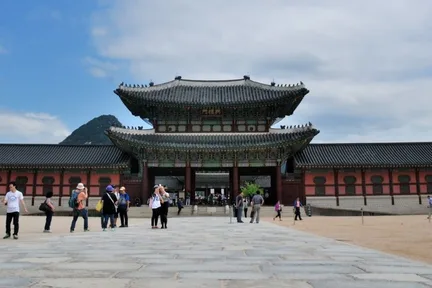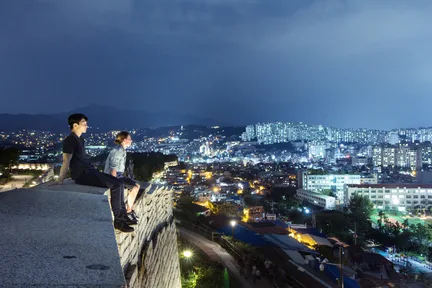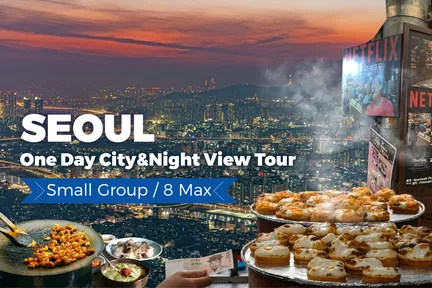Gwanghuimun Gate

The best of Gwanghuimun Gate
Bucket-list experiences
Make it a getaway
Events with a lot of buzz
Trouble-free transport
All that's good & tasty
More to explore
Why people love Gwanghuimun Gate
Nearby places to go
FAQs about Gwanghuimun Gate
When is the best time to visit Gwanghuimun Gate in Seoul?
How can I get to Gwanghuimun Gate using public transportation?
What can I do at Gwanghuimun Gate?
What are the visiting hours for Gwanghuimun Gate?
When is the best time to avoid crowds at Gwanghuimun Gate?
Is there an admission fee for Gwanghuimun Gate?
What to know before visiting Gwanghuimun Gate
Remarkable Landmarks and Must-Visit Sights
Gwanghuimun Gate
Step back in time at Gwanghuimun Gate, a remarkable piece of Seoul's storied past. Originally constructed in 1396, this gate has stood the test of time, witnessing the city's transformation over centuries. Despite the ravages of war, it was lovingly restored in 1976, allowing you to marvel at its historical significance and architectural splendor. As you stand before this Southeast Gate, also known as 'Namsomun' or 'Sigumun,' you'll be captivated by the intricate painting of a blue and yellow dragon locked in an eternal battle for the cintamani jewel. It's a perfect spot to start your journey along the ancient fortress wall, offering a tangible connection to Korea's rich history.
Cultural and Historical Significance
Gwanghuimun Gate is a fascinating piece of Seoul's history, standing as a testament to the city's past during the Joseon period. As one of the few gates that survived the Japanese Occupation unscathed, it offers a unique glimpse into Korea's architectural and cultural heritage. Originally named Sugumun, or 'Water Channel Gate,' it played a crucial role in the city's defense and infrastructure. Known also as 'The Gate of Bright Light,' Gwanghuimun served as a significant passageway in the fortress walls, adding a poignant layer to its legacy as it was used for the passage of the deceased. The gate's reconstruction efforts further emphasize Korea's commitment to preserving its rich history, making it an essential stop for history buffs.
Local Cuisine
While exploring the historical charm of Gwanghuimun, don't miss the chance to dive into Seoul's vibrant culinary scene. The area offers a delightful array of local flavors, from the savory goodness of Korean BBQ to the spicy kick of kimchi. Be sure to try traditional dishes like bibimbap and bulgogi at nearby eateries, where the authentic tastes of Korea come alive, providing a feast for the senses.
Explore more on Klook
Top attractions in Seoul
- 1 Starfield COEX Mall
- 2 Gangnam-gu
- 3 Hongdae
- 4 Gyeongbok Palace
- 5 Bukchon Hanok Village
- 6 Myeong-dong
- 7 N Seoul Tower
- 8 Dongdaemun Market
- 9 Lotte World
- 10 Namdaemun Market
- 11 Itaewon-dong
- 12 Starfield Library
- 13 Seongsu-dong
- 14 Eunpyeong Hanok Village
- 15 Cheonggyecheon
- 16 Lotte World Tower
- 17 Changdeokgung Palace
- 18 Yeouido Hangang Park
- 19 Insa-dong
- 20 Seoul City Hall
Top destinations in South Korea
- 1 Seoul
- 2 Gangwon-do
- 3 Busan
- 4 Gyeonggi-do
- 5 Incheon
- 6 Jeju
![[20% Off] BTS Is Back! A Must-Do Summer Tour for ARMY & Fans](https://res.klook.com/image/upload/fl_lossy.progressive,w_432,h_288,c_fill,q_85/activities/yiolxntcj2bmmrnanvv9.webp)



